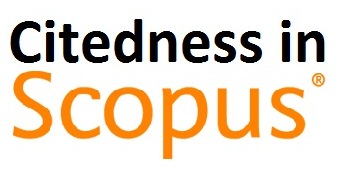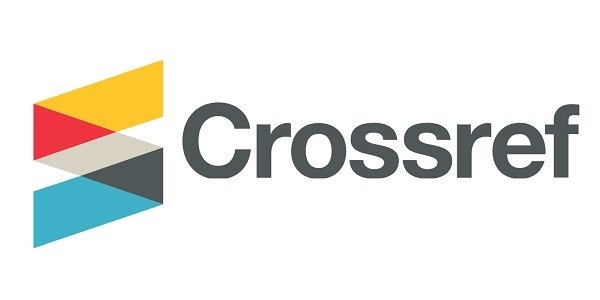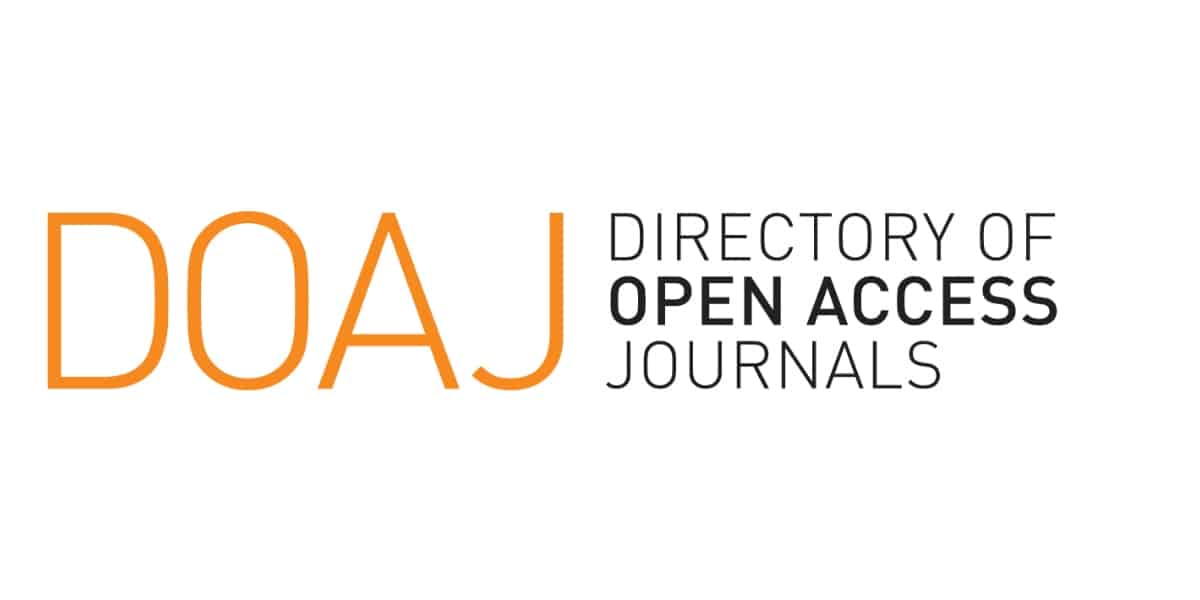PENILAIAN DAUR HIDUP PRODUK SUSU SAPI SEGAR: STUDI KASUS DI KPBS PANGALENGAN
Abstract
Milk is food from livestock (animal) from dairy cows which contains protein, fat, vitamins, and minerals that can affect nutritional levels, especially in children during their growth period. The high interest in milk consumption in Indonesia affects the milk processing industry to increase every year. Starting from smallholder farms, milk can be processed into dairy products that are suitable for consumption by the community. The process of processing whole milk into dairy products that are ready to be consumed through a process that produces emissions, so that it has the potential to have an impact on the environment. The purpose of this study is to identify and quantify the materials and energy used, the amount of emissions produced from the milk production process, and estimate the magnitude of the impact on the environment and provide recommendations for alternative process improvements to minimize these impacts. The method used is a life cycle assessment (LCA) with a cradle to gate scope, starting from activities in livestock, animal feed, transportation, and process activities in cooperatives. The emission impacts studied in this study are greenhouse gases (GHG), acidification, and eutrophication. The case study was conducted at the South Bandung Dairy Cooperative (KPBS) Pangalengan. This cooperative consists of thousands of small-scale dairy farmers who contribute to the milk processing industry in Indonesia. Based on the results of the study, the impact values of GHG, acidification, and eutrophication per 1 kg of milk were 10,1 kg CO2 eq, 0.03 kg SO2 eq, and 0.03 kg PO43-eq, respectively. Transportation and activities on livestock are the highest hotspots in these emissions. Efforts to reduce environmental impacts that can be done are by implementing an integrated livestock system for the utilization of nutrients from cow dung waste.
Keywords: acidification, eutrophication, fresh milk, greenhouse gases, LCA

_page-00013.jpg)







_(1).png)

